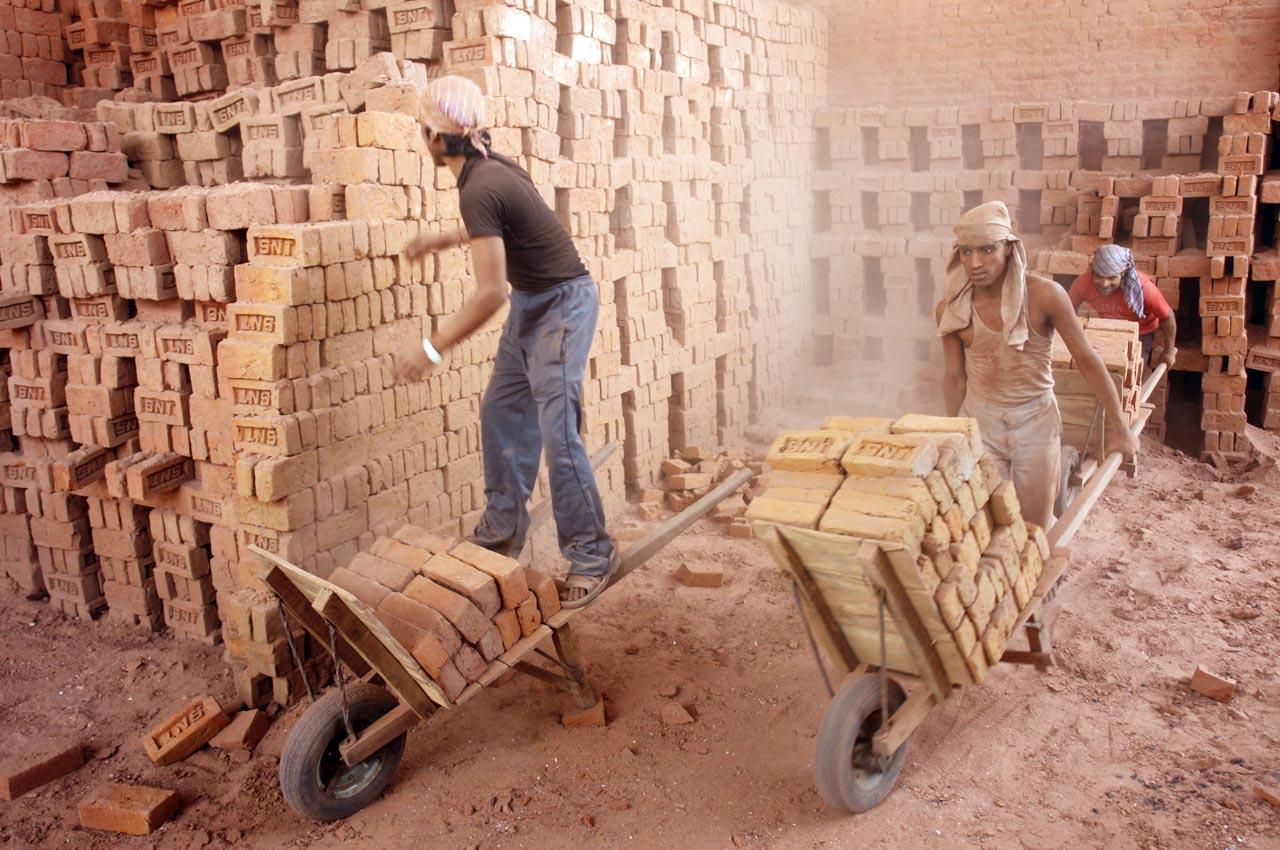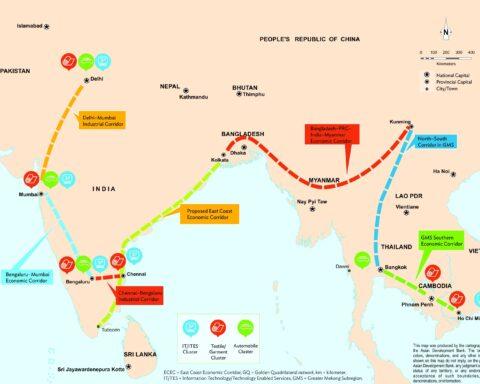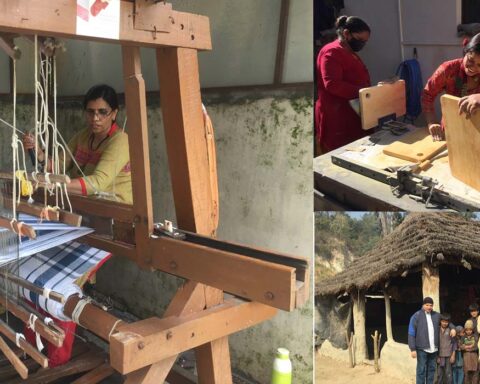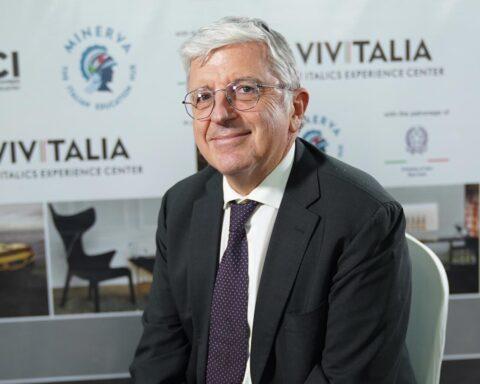In early September, the International Labour Organisation (ILO) released a startling report that brought into focus the magnitude of ‘modern slavery’. Slavery in the conventional sense might have been abolished or has been deemed illegal in most parts of the world, but that doesn’t mean its manifestations in different forms have ceased to exist. The report, “Global Estimates of Modern Slavery: Forced Labour and Forced Marriages”, throws up startling statistics on some of the most regressive practices that prevail around the world.
The growing inequity in the distribution of natural and common resources and wealth is, in fact, pushing more people into modern slavery despite decades of economic progress.
The report—prepared by the ILO, Walk Free and the International Organisation for Migration—states that approximately 50 million people around the world are trapped into modern slavery on any given day, “either forced to work against their will or in a marriage that they were forced into”. This means one in every 150 people is entrapped in modern practices of slavery. The report points out that this is not a transitory phenomenon—entrapment into forced labour can last for years and forced marriages last almost the lifetime of the sufferers.

























